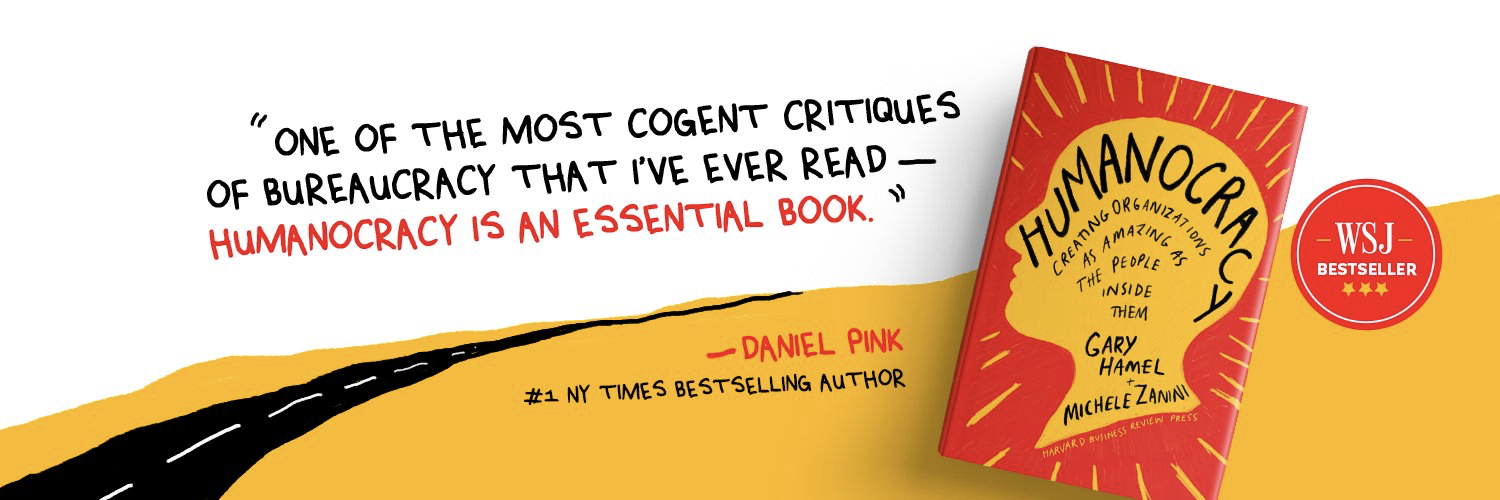Story:
Transformation of disaggregated small groups to a large consulting firm using Intellectual Capital Enhancement
Summary
Wipro Consulting Service’s framework for Intellectual Capital Enhancement enabled a fledgling consulting organization to effectively utilize their combined knowledge and grow to a USD 150 million company within 2 years.
Context
Wipro Ltd. is a USD 6 billion global organization focusing on integrated business, technology, consulting, testing and process solutions. Before 2008, however, it did not have a unified consulting division. Different technology groups within Wipro had their own small consulting teams who provided consulting on different technologies and platforms. This was not exactly a model suited for pitching for large projects which required integrated solutions. Thus, in 2008 was born Wipro Consulting Services (WCS) whose aim was to bring together consultants from different parts of Wipro under one umbrella and show a unified face to clients looking for advice on business and technology.
Triggers
The creation of WCS was far from smooth. One has to understand the culture at Wipro to truly appreciate the challenges faced by the fledgling group. The name ‘Wipro’ originally stood for Western India Vegetable Products Ltd. which was how it was incorporated in 1945 and became a USD 2 million hydrogenated cooking fat company by 1966 which is when Azim H. Premji took over the reins of the company. Its transformation from then to its current technology multinational status was due in large part to the entrepreneurial culture in the organization. Leaders were encouraged to start new businesses and carry forward the spectacular growth story. A natural consequence of such a culture was that the new businesses tended to have their own sub-set of policies, practices and systems. Thus, when WCS began taking in consultants from different parts of the organizations, it faced challenges in integration right from travel and HR policies to different systems for support functions.
However, the biggest challenge by far was to get consultants from such varied backgrounds and experiences to work together and share knowledge and insights with each other. There was neither a shared knowledge base nor a common and accepted system of performance appraisal and rewards scheme. Recruitment policies also differed and were not ideally suited for a pure consulting organization. The same was the case with other operational policies. Realizing the need for a common and at the same time, an enabling system, WCS leaders developed and implemented the “Intellectual Capital Enhancement Framework” (ICE Framework) that began with Organization Strategy Implementation and moved forward with Knowledge Management, Talent Recruitment and Engagement, Talent Management, Mentoring and Guidance, Leadership Connect and last but not the least Social Media Branding and Marketing.
Key Innovations and Timelines
There was a lot of hard work and new thinking which went into building the ICE Framework. However, all the efforts revolved around 4 main innovative approaches:
- Organization Strategy – This was the first step towards making the other innovations possible. It set the tone for everything - right from empowering and understanding the skill set of the current workforce, creating and deploying the organization structure, developing globally enhanced employee policies, empowering the existing employees from this group with global consulting competencies and tools to the addition of fresh MBA recruits.
- Knowledge Management – The WCS Knowledge Management portal was launched in 2008. Over time, it has evolved as a very user friendly website with information on case studies, projects, research reports, executive bios, consulting engagement artifacts, white papers, WCS point of views, micro sites for individual practices, etc. But more than being simply a repository of information, its bigger aim was to facilitate communication and collaboration among the WCS community. As a part of that plan, War Rooms and MS Groove were initiated and promoted to facilitate collaboration amongst consultants working across geographies. Furthermore, to know what the top WCS leadership’s views are, blogs by the WCS leadership were also started on the WCS KM portal. The formation and wide acceptance of the KM portal was a key milestone in enabling consultants to reduce turnaround times and stop reinventing the wheel.
- Talent Recruitment and Management Strategy – Till WCS was formed, recruitment of management professionals to work as consultants was limited and the focus was more on encouraging the technocrats to take to consulting. However, realizing that a more focused approach towards a business orientation needs to be instilled if one has to compete with the big consulting firms, the WCS leadership took a conscious decision to start hiring from the top B-schools both from India and from abroad. A key differentiator for WCS as compared to its peers in the consulting world was the Global Induction Program where MBA recruits from all over the world had a common induction program in 2010. This enabled the fresh recruits to interact and build bonds with colleagues with whom they would be working in the future. This was followed by the ‘Immersion Program’ where all the recruits were sent for 3 weeks to work in a geography different from their own. This was very well received both by the new consultants as well as by the senior practice partners with whom they worked.
- Embracing Social Media – For any multinational organization, use of social media is always a tricky affair because of security and confidentiality issues. However, the power of social networking to create a powerful connect with the company just cannot be ignored. WCS, in a Gordon Knot initiative, broke through the layers of hierarchy and reached out to its new recruits and the social community at large through its WCS Global Induction Facebook page where new recruits got to know each other and the organization even before joining WCS. In addition, other sites like Twitter and Linked In were also used to let the world know about the good work that WCS was engaged in.
The journey didn’t stop here. Just like the last step in any management flowchart, there was a feedback loop for continuous improvement. Once the initiatives were put in place, a desire to make the processes more efficient resulted in a number of Lean initiatives being started and subsequently implemented. This process continues till date with strong top management support
Challenges and Solutions
- One of the biggest challenges was developing a single framework and set of policies for a diverse workforce. Extensive discussions were held with top leaders within the organization in addition to benchmarking against competitors in the consulting industry. Only then did the policies evolve which while staying within the broader Wipro framework, gave a lot more flexibility to WCS Consultants.
- Recruiting the best talent from top B-schools was also a big challenge as WCS had to give the new recruits good reasons to join WCS over other competing consulting firms. To address this challenge, the ICE team designed a unique global induction program which resonated strongly with management graduates and created a pull for the organization within the top B-schools.
- Getting consultants to share information and knowledge was not at all easy because of the hectic lifestyles and also a sense of ownership which people normally have over their work. Giving them the right incentives as part of their goals and objectives as well as holding webinars by top management highlighting the benefits which the KM portal can give to consultants helped a long way in changing the mindset of people.
Benefits and Metrics
Lesson
The biggest lesson that was learnt was that the key to transformation is not only strong leadership support and innovation but also perseverance. Without the dedicated efforts of the people on the ground who made it happen and never gave up.



You need to register in order to submit a comment.